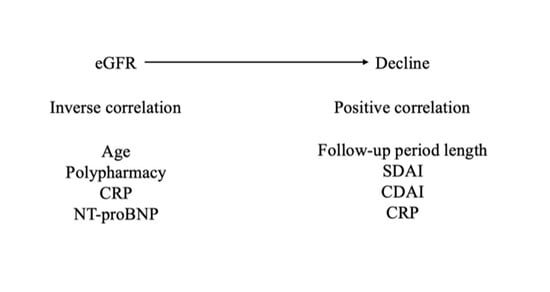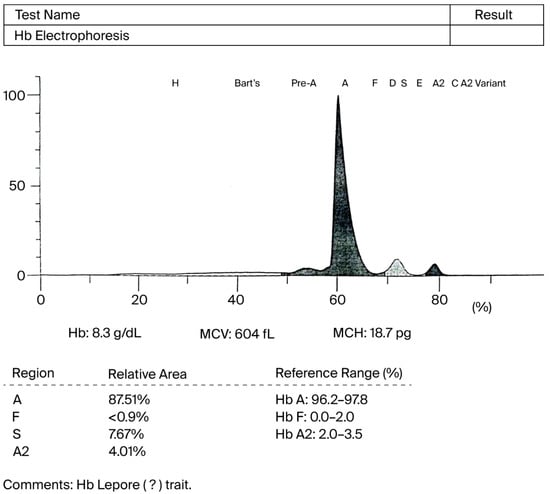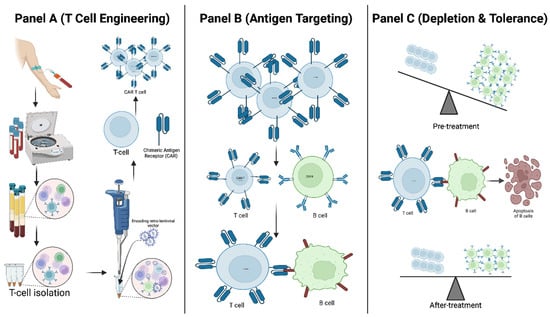- Article
Decline in Renal Function, Measured by Annual Estimated Glomerular Filtration Rate Based on Cystatin C in Patients with Rheumatoid Arthritis, Is Linked to Disease Activity Level and Duration: Small Retrospective Cohort Study
- Ichiro Yoshii,
- Naoya Sawada and
- Tatsumi Chijiwa
Background/Objectives: Associations between renal function, as measured by the estimated glomerular filtration rate (eGFR) or its decline (dGFR), and clinical parameters in patients with rheumatoid arthritis (RA) were evaluated using a retrospective case–control series dataset. Methods: Patients with RA who followed up for one or more consecutive years were recruited for the study. For calculating the eGFR, cystatin C (CysC) was adopted. The moment when CysC was measured was set as the baseline. The association between the eGFR and baseline clinical parameters, including disease activity in RA as measured by the simplified disease activity index (SDAI), was statistically evaluated. The association between the mean annual decline in the eGFR from the baseline and clinical parameters was also statistically assessed. Results: A total of 513 patients were enrolled; with a mean age of 70.9; a mean follow-up length of 52.5 months; a mean BMI of 22.9; a 68.7 eGFR; and a mean annual dGFR of 2.74. Significant parameters that correlated with the eGFR were age; rheumatoid factor titer; C-reactive protein; the presence of hypertension; chronic heart failure; chronic obstructive pulmonary disease; type 2 diabetes mellitus; methotrexate administration; and polypharmacy at baseline. An annual dGFR was correlated with the follow-up length, and the mean SDAI score multiplied by the yearly length of the follow-up was significantly correlated. Conclusions: Many factors confound the determination of the eGFR in RA patients. The disease activity score and length of time are the key factors for declining eGFRs.
19 December 2025





